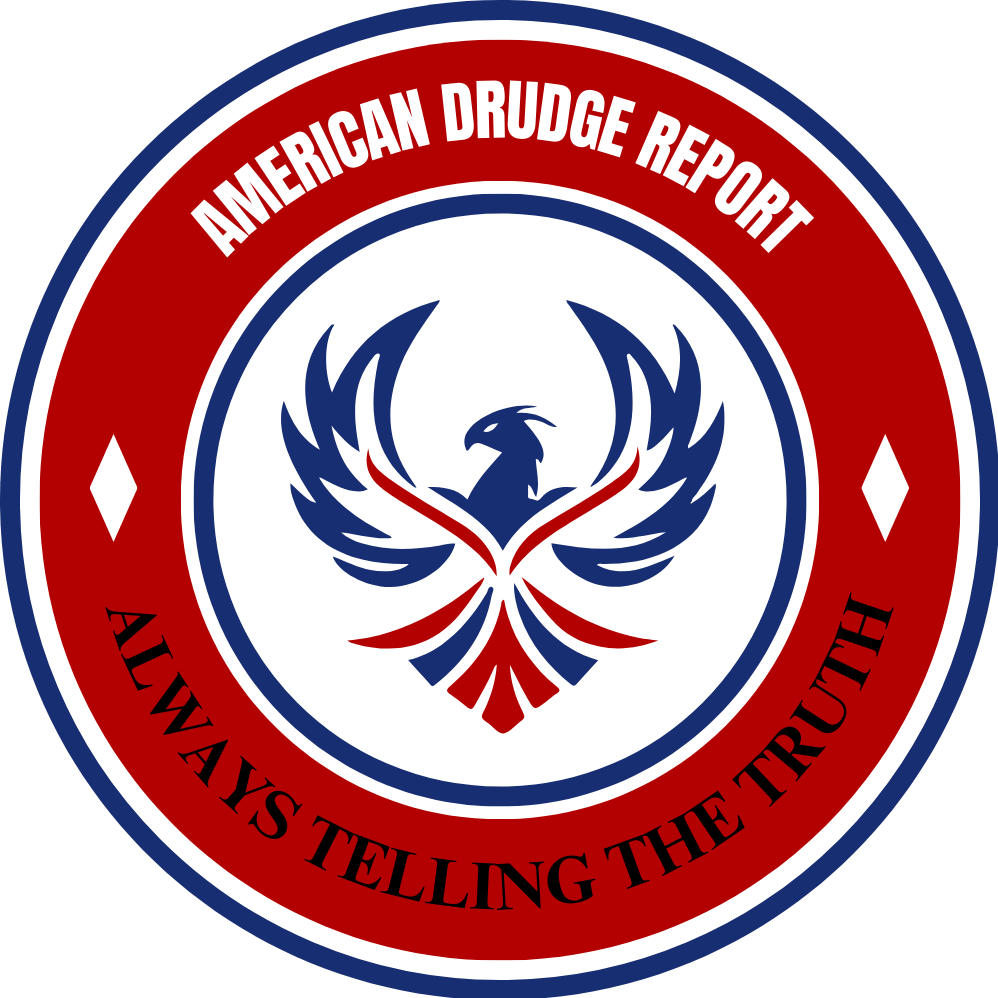June 14 was a significant day in the United States, as it marked both Flag Day and the 250th Anniversary of the U.S. Army. To celebrate these milestones, a military parade took place in Washington, D.C., with President Donald Trump overseeing the event.
The parade drew mixed reactions. Supporters praised it as a celebration of American pride, while critics expressed disdain, calling it “fascist” and comparing it to celebrations in authoritarian regimes like North Korea. Some notable voices, like Pennsylvania Democrat John Fetterman, praised the parade, stating it honored “the very best of us.”
On the same day, many Americans participated in “No Kings” protests, voicing their opposition to the parade and the president. The protests highlighted a divide in public opinion, with some viewing the parade as a personal celebration for Trump, coinciding with his birthday.
Despite the criticism, the event was rooted in a long history of military parades in the U.S. Historical records show that military parades have been a part of American culture since the 19th century, with over 90,000 mentions of “military parade” found in 19th-century newspapers. These events have traditionally celebrated victories and commemorated important national dates, such as Independence Day and Veterans Day.
The first national military parade occurred in 1865 to celebrate the end of the Civil War. Over 200,000 Union soldiers marched down Pennsylvania Avenue, an event that was met with great enthusiasm. Future presidents and military leaders were present, and the atmosphere was one of pride and relief after years of conflict.
As the nation moved through the years, military parades became a way to unite people. During the Spanish-American War, for example, a parade in Buffalo, New York, featured 7,000 participants. The tradition continued through the 20th century, with large celebrations for World War I veterans and a massive parade in New York in 1942 to boost morale after the attack on Pearl Harbor.
However, the popularity of military parades waned after World War II, partly due to the public’s war fatigue and changing sentiments during the Vietnam War. The last major military parade in Washington, D.C., was held in 1991, celebrating the end of the Gulf War, which attracted over 800,000 attendees.
The recent parade, while controversial, reflects a continuing tradition in American life. It serves as a reminder of the complex relationship between military celebrations and public sentiment. As the nation faces new challenges and conflicts, the role of military parades in American culture remains a topic of discussion.

